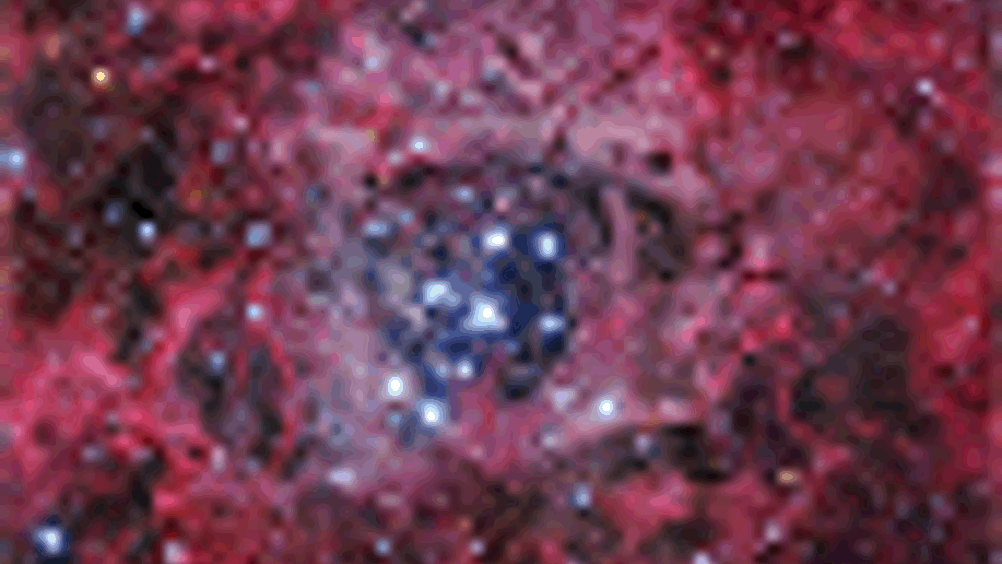Cluster reconnaissance
Mathematicians and astrodynamicists at Surrey Space Centre are embarking on a three-year project to test the feasibility of tethering microsatellites.

Mathematicians and astrodynamicists at
are embarking on a three-year research project to test the feasibility of tethering microsatellites.
The Surrey team will create computer simulations that will demonstrate how tethers can be used to control the attitude and relative position of a cluster of about 20 tiny satellites.
They envision clusters of microsatellites that could one day orbit the Earth, studying plasma depletion in the upper atmosphere. Plasma depletion, a phenomenon also known as plasma bubbles, can disrupt communications signals.
The satellites — about the size of a mobile phone — would be tethered before pulling apart and scattering across small areas of the ionosphere. The tiny spacecraft will make individual measurements to give scientists a better understanding of plasma bubbles and the ability to forecast them.
'We're interested in launching satellites in clusters because the communication range of these satellites is going to be quite short,' said Phil Palmer, head of the astrodynamics team at Surrey Space Centre. 'When we release the tethers, the satellites will form a little cluster that will stay collocated for weeks, which is the duration of the mission, and they will be able to communicate together.'
Register now to continue reading
Thanks for visiting The Engineer. You’ve now reached your monthly limit of news stories. Register for free to unlock unlimited access to all of our news coverage, as well as premium content including opinion, in-depth features and special reports.
Benefits of registering
-
In-depth insights and coverage of key emerging trends
-
Unrestricted access to special reports throughout the year
-
Daily technology news delivered straight to your inbox










Water Sector Talent Exodus Could Cripple The Sector
Maybe if things are essential for the running of a country and we want to pay a fair price we should be running these utilities on a not for profit...